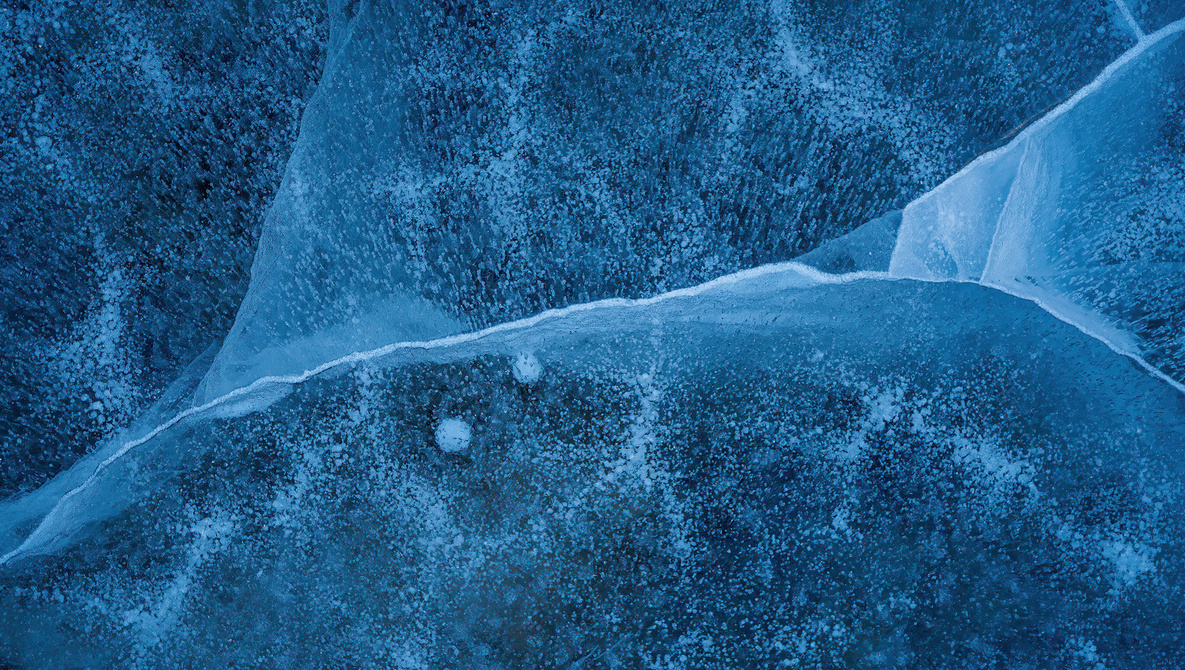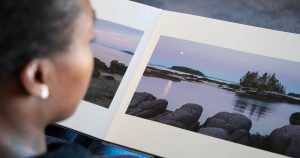
Small scenes landscape photography: the practice of photographing the little details within the grander scene. Is it simply a genre that some landscape photographers gravitate towards? Or is it the natural evolution of a seasoned landscape photographer?
The Start: Wide Angle Scenes
When I first started landscape photography, I followed the path of many others. Wide shots from expansive overlooks. Photographs of waterfalls, often from a distance, with something in the foreground or the leading line of the flowing stream working its way through the frame. Or a range of mountains, hills, or valleys off in the distance.
The commonality was that most of my images were composed of wide scenes. I still applied compositional techniques to them: watching the edges of the image for distracting elements, positioning the central subject of the scene strategically, and working with foreground elements to create pleasing images.
In my early days, I suspect if I looked at my most common focal lengths, they would have been from a wide 16mm to 25mm range, maybe approaching 70mm on some images. As my early work shows, I photographed that way for a long time!
Telephotos for Landscape Photography?
I remember the first time a more experienced landscape photographer mentioned their favorite lens was a 70-300mm or 100-400mm. I was in disbelief. What!? Why would you want to use those focal lengths for landscape photography?
In my early days, I thought telephoto lenses were for sports and wildlife, not landscapes. I was always wanting wider lenses, not longer lenses. It took me some time to open my mind and consider such a lens. I was skeptical.
But the seed was planted. While I didn’t rush out to buy a new lens when I was exploring and photographing, I started to think: what could I do with a longer lens here?
What Eventually Changes?
When you begin to practice landscape photography, everything is new. Just being outdoors and seeing some of these fantastic locations can be sensory overload, and you want to capture it all! The grander scenes shot with wide angle lenses feel right.
The whole waterfall is the subject. The entire mountain vista is the subject. Those are the scenes your eye sees, which you capture with the camera.
As time passes, I believe as a landscape photographer spending more time outdoors, your senses change. In some ways, you become “desensitized” to the grander scenes. They are still impressive, but your eyes have more capacity now to see the details within those scenes.
Your eye starts to pick out the smaller nuances of what you see. Maybe how one section of a waterfall cascades over one particular rock. Or possibly how the light accents a distant ridge among the mountains. Or even the swirling water at the edge of a pond. When this sense of being more in tune with nature and becoming more observant starts to take hold with more time outdoors and experience, that’s when I believe the small aspect of landscape photography becomes more prominent.
Small Scenes Landscape Photography

Now, a telephoto lens is nearly always in my camera bag: either a 70-300mm or 100-400mm. Just the other week, I was at a particular overlook I frequently visit and never once attached my wide-angle lens, but instead watched the light and worked with the 100-400mm the whole evening, looking for subtle details.
Now, when I visit a waterfall, I am more apt to capture some wider angle shots, but I often attach the 100-400mm and start looking for patterns or details to highlight from the location. I have found these small scenes and details make places I’ve visited dozens of times more interesting again. They are fresh as I look at them with a new perspective and approach. They are more apt to look different because I look at more intimate, subtle details.
Evolution of the Landscape Photographer

This shift has been an evolution of my work and practice. I did not start landscape photography with an eye for small scenes within the landscape. Even to this day, it is an area I am still practicing and working to improve.
It took getting out into nature more often with a camera to help heighten my senses and creative eye to see these scenes. And it has opened a whole new world of landscape photography to me. Old, familiar places are new to me again!
None of this means I am going to stop photographing grand scenes. If I see a waterfall, I am photographing the whole scene, but I am more likely to study the area for those small details and capture those as well!
How About You?
Are you a landscape photographer photographing small scenes? Do you think it was a path of evolution to see them and photograph them? Or did they come naturally to you? Or do you think small scene landscape photography is just a trend and entirely unrelated to past experience?



